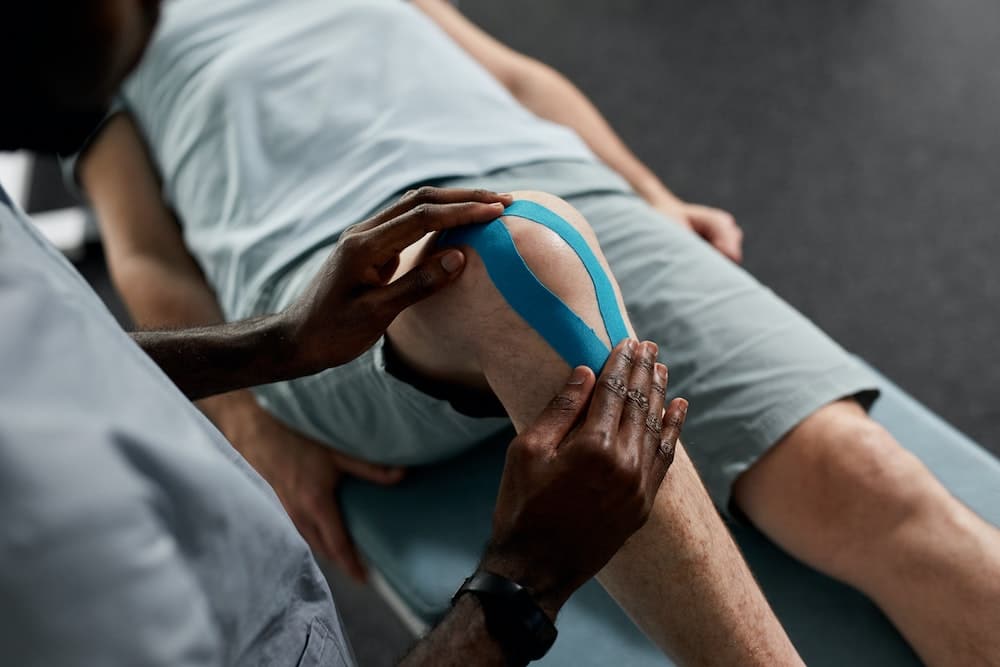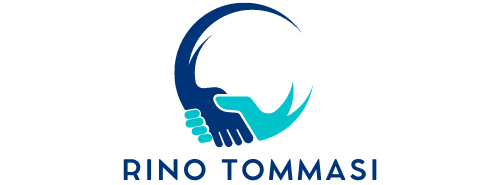What’s the Role of Neuromuscular Electrical Stimulation in ACL Surgery Recovery for Athletes?

The recovery journey after an Anterior Cruciate Ligament (ACL) injury is a long one. This type of injury is quite common among athletes, with studies showing that it affects a significant number of athletes each year. The path to recovery after an ACL reconstruction surgery often involves intensive rehabilitation exercises aimed at regaining strength, flexibility, and functionality in the injured knee. Neuromuscular electrical stimulation (NMES) has increasingly become a crucial component of this recovery process. Let’s delve into the role of NMES in aiding this journey back to optimal athletic performance.
The Impact of ACL Injuries and the Importance of Rehabilitation
ACL injuries have a profound impact on the athletic community. They hinder performance and can sideline even the strongest of competitors. After the initial shock and pain, the focus shifts to recovery. Rehabilitation is critical in this process, with the end goal being a return to pre-injury activity levels.
Have you seen this : What Are the Effective Mental Preparation Techniques for High-Pressure Olympic Finals?
ACL injuries result in significant strength loss in the quadriceps muscle group. This muscle weakness can persist even after successful ACL reconstruction surgery. As a result, the period following surgery involves exercises aimed at regaining quadriceps strength and functionality. These exercises form an integral part of the rehabilitation protocol for ACL patients.
However, we need to take into account that traditional exercises might not be enough to address the muscle weakness that is typical in ACL patients. This is where neuromuscular electrical stimulation comes into play.
Have you seen this : How to Build Explosive Strength for Javelin Throwers Through Olympic Weightlifting Techniques?
Understanding Neuromuscular Electrical Stimulation (NMES)
Neuromuscular Electrical Stimulation, or NMES, is an intervention used by therapists and trainers to aid muscle recovery. This form of stimulation uses an electrical current to elicit a muscular contraction. It’s not a replacement for active exercise but a complementary therapy.
NMES is used to target specific muscle groups – in the case of ACL rehabilitation, the quadriceps. By generating an electrical current, NMES causes these muscles to contract. This controlled contraction can aid in the recovery of muscular strength and function. So, why exactly is NMES a part of the rehabilitation protocol for ACL injury patients?
NMES and Quadriceps Strength Recovery
The quadriceps muscle group plays a pivotal role in supporting the knee joint. When this muscle group is weak, it can affect the stability of the joint and hinder the recovery process post-ACL surgery.
Studies have shown that NMES can produce significant improvements in quadriceps strength in patients following ACL reconstruction. For instance, a study published in the Journal of Orthopaedic & Sports Physical Therapy found that NMES, combined with traditional exercises, resulted in greater quadriceps strength compared to exercises alone.
NMES treatment can stimulate the quadriceps muscles more effectively than voluntary contractions. This increased amount of muscle activation can lead to significant improvements in strength recovery.
ACL Rehabilitation Protocol and NMES
The rehabilitation protocol after ACL reconstruction is complex and requires an individualized approach. The incorporation of NMES into this protocol can differ based on the patient’s progress and specific needs.
For instance, ACL patients with considerable quadriceps weakness might need more intensive NMES therapy. On the other hand, patients who are recovering well might only need NMES as a supplementary treatment.
The goal is to use NMES to complement traditional exercises and to optimize the rehabilitation process. It’s not about replacing the standard rehabilitation protocol, but enhancing it.
Evidence-Based Practice and the Role of NMES in ACL Recovery
When we talk about NMES in ACL rehabilitation, we’re not just speculating. There’s a body of evidence supporting its use.
Research on this topic is quite robust. A study by Lepley and Palmieri-Smith published in the Journal of Athletic Training showed that NMES therapy led to improved quadriceps strength and function in ACL patients.
Moreover, a systematic review by Fitzgerald and colleagues, available on the Crossref database, concluded that NMES is a beneficial adjunct to traditional exercises in the early stages of ACL rehabilitation.
So, it’s clear that NMES is more than just a buzzword in the realm of ACL rehabilitation. It’s an evidence-based intervention that can significantly enhance recovery outcomes.
In conclusion, the role of NMES in ACL recovery is increasingly recognized. It’s not a magic wand, but a valuable tool in the toolbox of therapists working with ACL patients. It holds promise in helping athletes return to their pre-injury levels of activity, strength, and performance.
The Science behind NMES: A Deep Dive into How It Works
Neuromuscular electrical stimulation works by sending electrical pulses to targeted muscles, creating controlled contractions. It’s a method grounded in the scientific understanding of how muscles function and recover.
The technology behind NMES is not new. In fact, it’s been around for decades. However, its application in the field of ACL rehabilitation is an innovative approach that has gained traction in recent years.
Let’s take a closer look at how NMES works. When an electrical current is applied to a muscle, it triggers a reaction in the nerve fibers, causing the muscle to contract. This contraction mimics the natural process of muscle activation, thereby helping to stimulate and strengthen the muscle.
In the context of ACL reconstruction, NMES is primarily used to target the quadriceps femoris, a key muscle group that supports the knee joint. After an ACL injury, the quadriceps often lose strength, which can lead to instability in the knee and a longer recovery time.
A study conducted at Konkuk University in the Republic of Korea and available on Google Scholar illustrated the benefits of NMES in ACL rehabilitation. The study found that NMES, when combined with a traditional exercise program, resulted in a significant increase in thigh circumference, indicating improved muscle function and strength.
In essence, NMES serves as a kind of electrical personal trainer, stimulating the muscles to work harder and recover faster. By using NMES as a part of the rehabilitation protocol, therapists can potentially accelerate the recovery process and help athletes get back in the game sooner.
Conclusion: NMES & The Future of ACL Recovery
The research into the role of NMES in ACL recovery is promising. As an evidence-based practice with studies sourced from databases like Crossref and Google Scholar, NMES has proven to be a valuable asset in the field of ACL rehabilitation.
According to a study published in Sports Med, NMES therapy not only improved quadriceps strength but also had a positive impact on overall muscle function in ACL patients. Another study from Phys Ther supported these findings, emphasizing the benefits of NMES when used in conjunction with a traditional rehabilitation exercise program.
The continued application and research into neuromuscular electrical stimulation may lead to further improvements and innovations in ACL recovery protocols. It’s an exciting time in the field of ACL rehabilitation, and NMES is at the forefront of this evolution.
Looking ahead, it’s clear that NMES will continue to play a critical role in ACL recovery. While it’s not a standalone solution, it’s an effective tool that can support and enhance the results of a rehabilitation program. In the world of sports medicine, the primary goal is always to help athletes recover faster and stronger. With the aid of NMES, this goal is increasingly within reach. The anterior cruciate ligament is no longer a career-ending injury but a hurdle that, with the right support, can be overcome.
